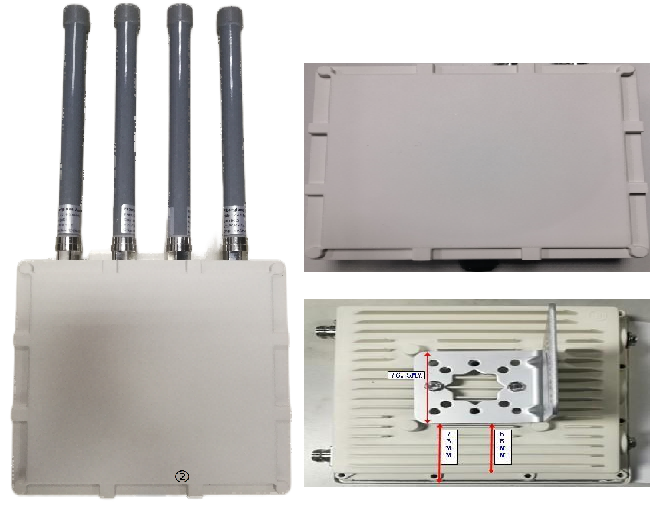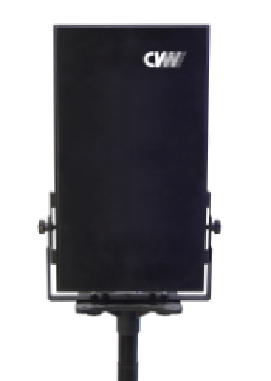Keep track of shots:
Timecode is a system of time-keeping that assigns unique identification numbers to video and audio recordings.
Filmmakers use timecode to keep track of the footage they shoot, and how it relates to the final product.
Identifies the exact time of an event:
Timecode is a system for identifying specific frames in a film that are sequential and can be used to identify the exact time of an event.
The numbers on the bottom left corner of a video clip refer to timecode, which records how many hours, minutes, seconds and frames have elapsed since the beginning of recording.
Useful for editors:
Although many members of the production process use and make reference to timecode, it’s particularly useful for editors and those who work is post-production.
The timecode can be found in video software like Premiere Pro and Final Cut Pro by looking at the bar near the top of your timeline.
Timecode types:
There are two main types of SMPTE timecode: LTC and VITC.
“Linear timecode, a.k.a. “longitudinal timecode” and “LTC”: suitable to be recorded on an audio channel, or by audio wires.
To read LTC, the recording must be moving, meaning that LTC is useless when the recording is stationary or nearly stationary.
Vertical interval timecode, a.k.a. VITC (pronounced “vit-see”): recorded directly into the VBI (vertical blanking interval) of the video signal on each frame of video.

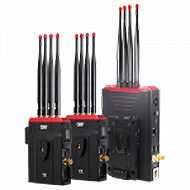 Multi-camera wireless video transmission
Multi-camera wireless video transmission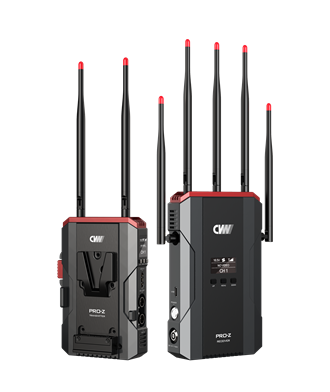 Zero Latency Wireless Video Transmission
Zero Latency Wireless Video Transmission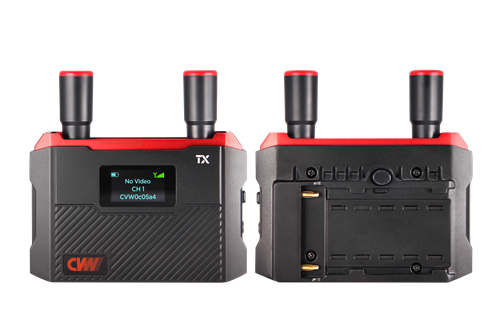
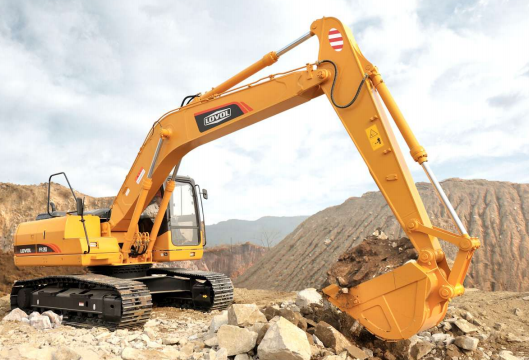 Designed for teleoperating the heavy equipment
Designed for teleoperating the heavy equipment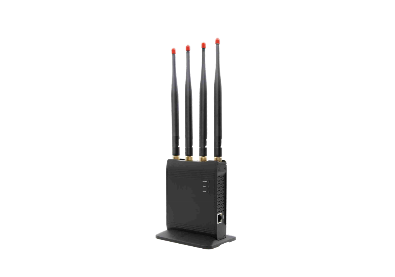 Wireless high-speed data transmission
Wireless high-speed data transmission